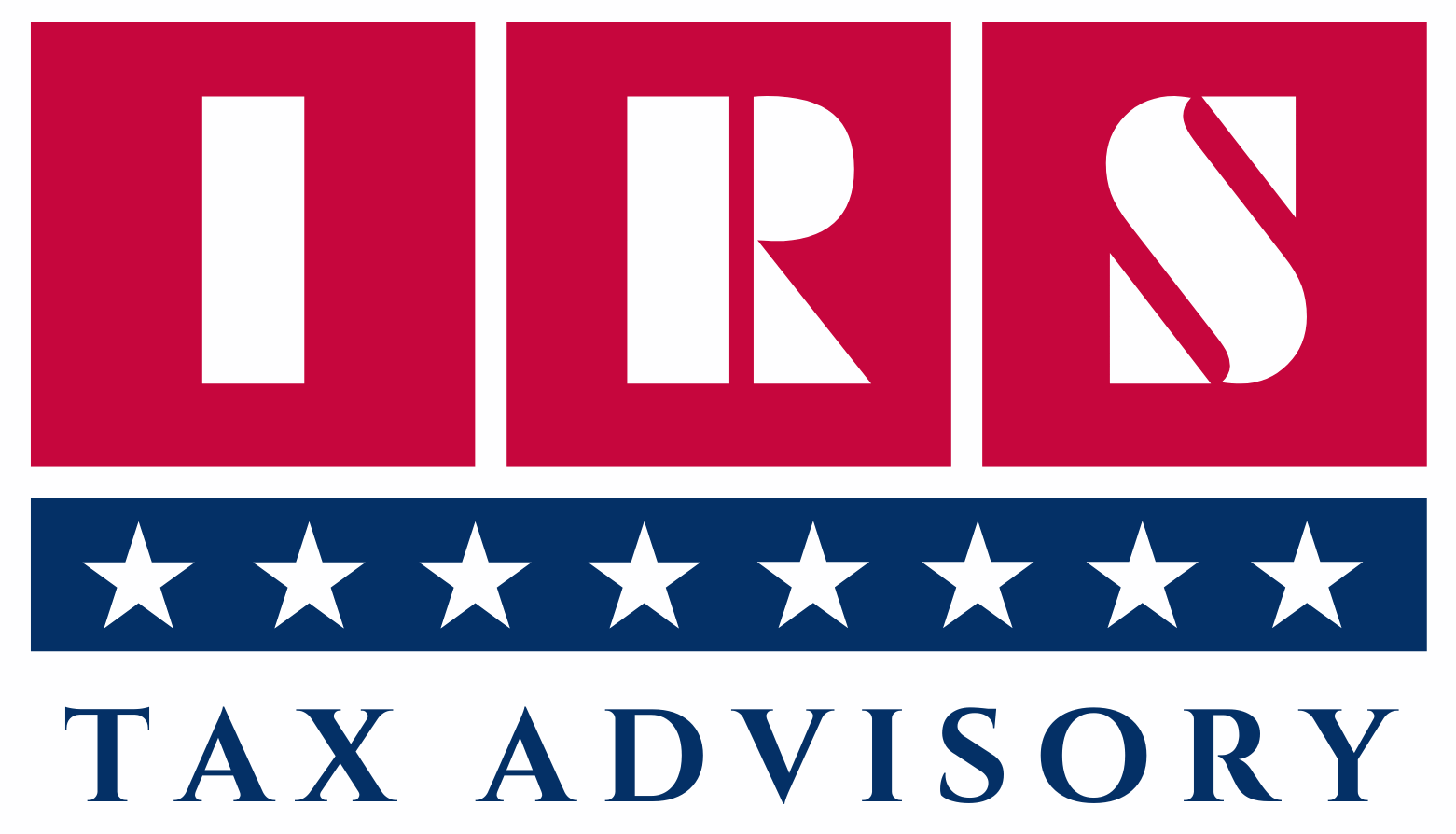Withholding Tax- Best Comprehensive Overview In 2025
Table of Contents
What is Withholding Tax?

Withholding tax is a tax that is deducted at the source of income by a payer (usually an employer, financial institution, or business) and remitted directly to the government on behalf of the recipient. This system ensures that taxes are collected in real-time as income is earned or paid, rather than waiting for the end of the tax year. It serves as a prepayment of income taxes, reducing the chances of underreporting or tax evasion.
Withholding tax is most commonly associated with employee wages, where employers withhold federal (and possibly state and local) income taxes based on the employee’s Form W-4. However, it also applies in broader contexts such as:
- Payments to independent contractors
- Dividends, interest, and royalties paid to nonresident aliens
- Rental income or capital gains distributed to foreign individuals
- Backup withholding for individuals who fail to provide a valid TIN
The IRS and individual state tax agencies enforce withholding obligations. The amount withheld depends on various factors, such as the nature of the payment, the recipient’s residency and tax status, any treaty exemptions, and the applicable withholding rate.
In essence, withholding tax:
- Facilitates tax collection at the point of payment
- Ensures compliance from both payers and recipients
- Helps taxpayers spread out their tax liability over the year
- Mitigates risk of large underpayment penalties at year-end
Withholding tax is a proactive tax collection mechanism used by governments to collect income tax at the source, offering more efficient enforcement and compliance monitoring across both domestic and international financial transactions. In the U.S., withholding is primarily governed by the IRS (Internal Revenue Service) and varies depending on whether the recipient is U.S. or foreign-based.
Types of Withholding Tax
Withholding tax isn’t a one-size-fits-all mechanism. It takes multiple forms depending on the nature of the income, the residency status of the recipient, and the applicable tax laws. Below is a detailed breakdown of the main types of withholding tax in the U.S., each serving a distinct regulatory and compliance purpose:
1. Federal Income Tax Withholding (Payroll Withholding)
This is the most common type of withholding and applies to wages and salaries paid to U.S. employees.
- How it works: Employers deduct a portion of an employee’s paycheck based on information provided in Form W-4.
- Factors affecting the amount withheld:
- Filing status (e.g., single, married filing jointly)
- Number of dependents claimed
- Additional withholding amounts requested by the employee
- Purpose: Acts as a prepayment of the employee’s annual federal income tax liability.
- Regulations: Employers must report and pay these amounts periodically using Form 941.
2. State and Local Income Tax Withholding
Most U.S. states, and some municipalities, also require withholding on employee income.
- Varies by state: Some states have flat rates, while others have progressive tax brackets.
- Forms: Employees often need to complete a state-specific W-4 equivalent, and employers must comply with different filing schedules and thresholds.
3. FICA Withholding (Social Security & Medicare Taxes)
The Federal Insurance Contributions Act (FICA) mandates payroll tax withholding for:
- Social Security (6.2% on wages up to the wage base limit)
- Medicare (1.45% on all wages + 0.9% additional for high earners over $200,000)
- Employer match required: Employers must contribute an equal amount.
FICA is not income tax, but it is withheld at the source and remitted to the government similarly.
4. Backup Withholding
Applies when a payee fails to provide a valid taxpayer identification number (TIN) or when there’s a mismatch between the TIN and IRS records.
- Rate: 24% flat withholding on certain income payments (e.g., interest, dividends, rents, royalties).
- Triggering forms: Often linked to Form 1099 reporting; recipients submit Form W-9 to avoid it.
- Example: A freelancer submits an incomplete W-9 — the payer must then apply backup withholding to all future payments.
5. Non-resident Withholding (FDAP & ECI Income)
Foreign individuals or entities earning U.S.-source income are subject to withholding under U.S. tax law.
a. FDAP (Fixed, Determinable, Annual, or Periodic) Income
- Includes interest, dividends, royalties, rents, and similar passive income.
- Default withholding rate: 30% (can be reduced or eliminated under an applicable tax treaty).
- Forms used: W-8BEN or W-8BEN-E to certify foreign status and claim treaty benefits.
- Reported on: Form 1042-S and Form 1042 by the withholding agent.
b. Effectively Connected Income (ECI)
- U.S.-source income effectively connected with a U.S. trade or business.
- Taxed at graduated U.S. tax rates, not the flat 30% rate.
- Requires filing of Form 1120-F (for corporations) or Form 1040-NR (for individuals).
- Certified via Form W-8ECI.
6. Withholding on Retirement Distributions
- Withdrawals from IRAs, 401(k)s, pensions, or annuities may be subject to mandatory or voluntary withholding.
- Rate depends on the type of plan, the recipient’s age, and elections made via Form W-4P (for pensions) or W-4R (for lump-sum distributions).
7. Foreign Account Tax Compliance Act (FATCA) Withholding
Under FATCA, certain foreign financial institutions and non-financial foreign entities must report U.S. account holders or face a 30% withholding on specified U.S.-source payments.
- Applies to:
- Interest
- Dividends
- Gross proceeds from the sale of U.S. assets
- Institutions file Form W-8BEN-E and other FATCA forms to comply and avoid withholding.
8. Nonresident State Withholding (Pass-through Entities)
Some U.S. states require partnerships and S corporations to withhold income tax on behalf of nonresident partners or shareholders.
- Known as composite tax withholding in many states
- Reported via state-specific forms (e.g., CA Schedule K-1, NY IT-203-S)
Summary Table
| Type | Who It Applies To | Rate | Forms Used |
| Federal Income Tax | U.S. employees | Varies by income | W-4, 941 |
| State/Local Withholding | U.S. employees | Varies by state | State W-4, State returns |
| FICA (Social Security/Medicare) | U.S. employees & employers | 7.65% + match | 941, W-2 |
| Backup Withholding | Contractors or vendors with invalid TINs | 24% | W-9, 1099, 945 |
| FDAP Withholding | Nonresidents with U.S.-source passive income | 30% or treaty rate | W-8BEN, 1042-S, 1042 |
| ECI Withholding | Nonresidents with U.S. business income | Grad. rates | W-8ECI, 1040-NR/1120-F |
| Retirement Withholding | IRA/401(k) withdrawals | 10%-20% or more | W-4P, W-4R |
| FATCA Withholding | Foreign institutions/entities | 30% | W-8BEN-E, 8966 |
| Nonresident State Withholding | Nonresident partners/shareholders | Varies by state | State composite forms |
Who is Subject to Withholding Tax?
Withholding tax applies to a broad range of individuals and entities, depending on their income type, residency status, and the nature of the payment relationship. Understanding who is subject to withholding tax is essential for both compliance and proper tax planning. Below is a detailed breakdown of the key categories:
1. Employees (U.S. Residents)
Employees receiving wages, salaries, bonuses, and tips are automatically subject to federal and often state income tax withholding. Employers calculate the amount to withhold based on:
- Form W-4 submitted by the employee
- Taxable wages
- IRS withholding tables
- Other elections (additional amounts, multiple jobs, dependents)
Example: A full-time employee in California receives bi-weekly paychecks. The employer withholds federal income tax, Social Security, Medicare, and state income tax before issuing payment.
2. Non-resident Aliens (NRA)
Non-U.S. persons receiving U.S.-source income are subject to withholding under special rules defined by the Internal Revenue Code and tax treaties.
Two Main Categories:
- FDAP Income: Interest, dividends, rents, royalties, etc., taxed at a flat 30% unless reduced by a treaty.
- ECI (Effectively Connected Income): Income from a U.S. business activity, taxed at graduated U.S. rates.
To establish status and claim treaty benefits, NRAs must file:
- Form W-8BEN (for individuals) or W-8BEN-E (for entities)
- Form W-8ECI (for ECI income)
Example: A French resident receives U.S. dividends. A 15% tax is withheld at source, per the U.S.–France tax treaty.
3. Independent Contractors / Freelancers
Self-employed individuals, consultants, and gig workers may be subject to backup withholding if they:
- Don’t provide a correct Taxpayer Identification Number (TIN)
- Are flagged by the IRS for underreporting
- Receive payments reportable on Form 1099-NEC
Backup withholding is currently 24% and applies to:
- Service fees
- Rents
- Royalties
- Prizes and awards
Example: A freelance graphic designer fails to provide a valid W-9 to a U.S. company. The company must withhold 24% of each payment.
4. Foreign Entities
Non-U.S. companies receiving U.S.-source passive income (FDAP) or engaged in a U.S. trade or business (ECI) are also subject to withholding.
- Use Form W-8BEN-E to establish foreign status and claim treaty benefits.
- May be subject to FATCA withholding if not compliant with reporting obligations.
Example: A foreign holding company receives royalties from a U.S. publisher. The payment is subject to withholding unless treaty benefits apply.
5. Beneficiaries of Retirement Plans
Recipients of 401(k), IRA, and pension distributions are typically subject to withholding, especially for lump-sum withdrawals.
- Rates: Usually 10% to 20%, unless the recipient elects out or chooses a different rate using Form W-4P or W-4R.
- Special rules apply to nonresidents receiving U.S. retirement distributions.
Example: A retired U.S. citizen takes a $50,000 distribution from a traditional IRA. A 20% federal withholding applies unless adjusted.
6. Investors Earning Dividends or Interest
Investors (residents and nonresidents alike) may face withholding depending on:
- Residency status
- Type of account
- Nature of the income
For non-residents, the IRS requires withholding on portfolio interest, U.S. dividends, and royalties. The payer must withhold unless exempted by Form W-8 series forms.
Example: A non-resident holds U.S. corporate stock and receives quarterly dividends. The payer applies a 30% tax unless treaty relief is claimed.
7. Partners or Members in Pass-through Entities
Non-resident partners or shareholders in U.S. partnerships, LLCs, or S corporations may be subject to withholding on their distributive share of income, especially if:
- The income is effectively connected with a U.S. trade or business
- The state requires composite tax filing or non-resident withholding
Example: A non-resident partner in a New York LLC receives income from U.S. operations. The LLC withholds and remits the state tax on their behalf.
Summary: Who Is Subject to Withholding Tax?
| Category | Type of Income | Applicable Withholding |
| U.S. Employees | Wages, salaries | Federal & state payroll withholding |
| Nonresident Aliens | FDAP, ECI income | 30% or treaty rate / graduated rates |
| Freelancers/Contractors | Services, rents, royalties | Backup withholding (24%) if TIN issues |
| Foreign Entities | U.S.-source FDAP/ECI income | 30%, ECI tax, or FATCA (30%) |
| Retirement Recipients | IRA, 401(k), pensions | 10%-20% or elective rate |
| Investors (foreign/domestic) | Dividends, interest | 30% or reduced treaty rates |
| Nonresident Partners/Shareholders | Pass-through income | Federal/state nonresident withholding |
Key Forms for Withholding Tax Compliance
Proper compliance with U.S. withholding tax rules requires the accurate use and submission of specific IRS forms. These forms help determine taxpayer status, apply correct withholding rates, claim treaty benefits, and report withheld amounts to the IRS and recipients. Below is a detailed breakdown of the key forms involved in withholding tax compliance, grouped by purpose and taxpayer type:
1. Form W-4 – Employee’s Withholding Certificate
- Who Uses It: U.S. employees
- Purpose: Informs employers how much federal income tax to withhold from an employee’s wages.
- Key Inputs:
- Filing status (single, married, head of household)
- Dependents and credits
- Additional withholding requests
- Updated: Significantly redesigned in 2020 to reflect TCJA changes.
- Frequency: Submitted at hire or when personal/tax situations change.
Example: A new employee fills out Form W-4 to reduce federal withholding due to eligible tax credits.
2. Form W-9 – Request for Taxpayer Identification Number and Certification
- Who Uses It: U.S. persons (individuals and entities)
- Purpose: Provides the TIN (usually SSN or EIN) to a withholding agent or payer.
- Usage:
- Avoid backup withholding
- File accurate Forms 1099
- Backup Withholding: If a correct W-9 is not provided, payers may have to withhold 24%.
Example: A U.S. freelance writer submits Form W-9 to a publisher to ensure they don’t withhold backup tax.
3. Form W-8 Series – For Nonresident Individuals & Foreign Entities
These forms are essential to certify foreign status, claim tax treaty benefits, and determine whether withholding applies.
Form W-8BEN (Individuals)
- Use: Foreign individuals receiving U.S.-source income (e.g., dividends, royalties)
- Purpose: Claim tax treaty benefits (e.g., reduced withholding rate)
- Validity: 3 years
Form W-8BEN-E (Entities)
- Use: Foreign corporations, partnerships, or other entities
- Purpose: Certify foreign status, claim treaty relief, and comply with FATCA
- Complexity: More detailed than W-8BEN
Form W-8ECI
- Use: Foreign persons/entities receiving effectively connected income (ECI) from U.S. trade or business
- Purpose: Exempt from FDAP withholding; taxed via regular U.S. income tax return
Form W-8EXP / W-8IMY
- W-8EXP: Used by foreign governments, tax-exempt organizations
- W-8IMY: Used by intermediaries, partnerships, or trusts to certify flow-through status
Example: A German investor submits Form W-8BEN to a U.S. bank to apply the U.S.–Germany tax treaty and reduce dividend withholding from 30% to 15%.
4. Form 1099 Series – Reporting U.S. Source Payments
Used by U.S. payers to report income paid and tax withheld for various payment types.
Common Types:
- Form 1099-NEC: Nonemployee compensation (freelancers, contractors)
- Form 1099-INT: Interest income
- Form 1099-DIV: Dividend income
- Form 1099-MISC: Rents, royalties, and miscellaneous income
Example: A business issues Form 1099-NEC to a consultant and reports withheld backup tax due to missing TIN.
5. Form 1042 & 1042-S – Withholding on Nonresidents
- Form 1042: Annual return by withholding agents reporting withholding on FDAP income paid to nonresident aliens and foreign entities.
- Form 1042-S: Individual information return given to foreign recipients, detailing:
- Income type
- Amount paid
- Tax withheld
- Applicable treaty rate (if any)
Example: A U.S. corporation paying royalties to a Japanese company issues Form 1042-S and files Form 1042 annually.
6. Form 945 – Annual Return of Withheld Federal Income Tax
- Purpose: Reports non-payroll federal income tax withheld, such as:
- Backup withholding
- Withholding on pensions, IRAs, gambling winnings
- Due Date: Annually, by January 31 of the following year
Example: A financial institution that withholds backup tax from a customer’s account reports it via Form 945.
7. Form 8804/8805 – Withholding on Foreign Partners
- Form 8804: Annual partnership return showing total tax withheld on effectively connected income (ECI) of foreign partners.
- Form 8805: Issued to each foreign partner detailing:
- Partner’s share of income
- U.S. tax withheld
Example: A U.S. real estate LLC with foreign partners files Form 8804 and issues 8805s for their distributive share.
Summary Table: Key Withholding Tax Forms
| Form | Purpose | Used By |
| W-4 | Employee tax withholding setup | U.S. employees |
| W-9 | TIN reporting to avoid backup withholding | U.S. persons |
| W-8BEN / BEN-E | Foreign status and treaty claims | Nonresident individuals/entities |
| W-8ECI | ECI income exemption from FDAP withholding | Foreign businesses |
| 1042 / 1042-S | Annual report & recipient statement for FDAP | Withholding agents |
| 945 | Annual report of non-payroll withholding | Payers (e.g., banks, brokers) |
| 1099 series | Report U.S.-source payments | U.S. payers |
| 8804 / 8805 | ECI withholding on foreign partners | Partnerships with NR partners |






